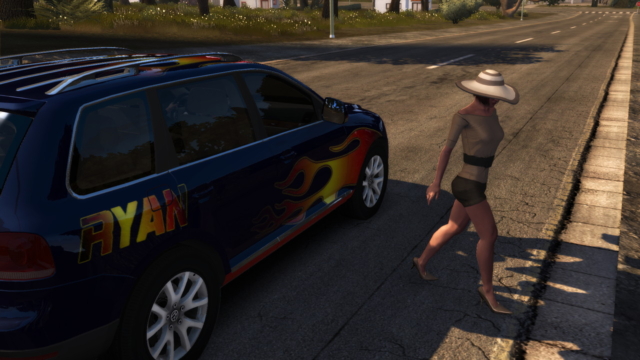
Test Drive Unlimited 2
Written by: Rik
Date posted: December 7, 2019
- Genre: Racing
- Developed by: Eden Games
- Published by: Atari
- Year released: 2011
- Our score: 8
Test Drive Unlimited was true to the spirit of The Need for Speed in a way that its own sequels were not: a fantasy version of car ownership and racing on public roads, pitched slightly more towards the simulation end of the arcade knockabout genre, with enough choice and detail regarding vehicle performance to cultivate an interest in building and maintaining a collection of cars without requiring any under the hood tinkering with gear ratios. In contrast with 00s-era NFS games’ obsession with street racing, try-hard music and lingo, TDU was cheerfully if not always deliberately uncool, as your gawky European avatar offered lifts to models and hitch-hikers in exchange for Ben Sherman gift vouchers.
The scale and ambition (and success in terms of realising both) of TDU made it an unlikely candidate for annual franchise opportunities, but a sequel more than four years later posed similar questions: what was it going to add and change that would make those who’d experienced 50 plus hours of the original go through it all again? The answer seems to have been to throw a whole load of ideas at the wall, sufficient to convince punters that effort has been expended in making this a true sequel, and hope that enough of them stick. And I’d say enough of them do, but not without baffling you in the process.
Let’s begin with the story, which is probably the first and most obvious change you’ll encounter upon starting the game. It is, at best, eccentric stuff, with your character being cast in the role of lowly valet, whose early (playable) fantasies of driving a flash car and generally living a playboy lifestyle are interrupted by a client at the hotel at which you work. Fortunately, your client, Tess, is prone to mood swings and performs an about turn from grumpily threatening to have you fired to offering assistance in securing entry to the prestigious Solar Crown racing tournament, effectively the meat of the single player experience.
Even for those thoroughly acclimatised with the previous game, it’s bizarre stuff, with the tournament itself always involving the same personalities across several hundred races and multiple vehicle classes. Each character acts as a kind of a boss for a particular class, and once the tournament itself is done with they’ll challenge you to a duel, at which – if you beat them – you can bag their car as a reward. (Although these cars often have a custom paint job with that person’s name plastered all over it that you can’t replace, so unless you enjoy the slightly gladiatorial feeling of driving someone else’s car around, it’s a bit of an odd prize). Weirdly, Tess is not only the host of the Solar Crown coverage but also a competitor, which would appear to be a conflict of interest as well as presenting some practical challenges, but it’s perhaps best not to overthink it.
Another new feature to note is the location – Ibiza – which initially replaces Hawaii as the island upon which you undertake your car-based capering. I say initially, because Hawaii returns here, and not just as an end of game bonus, but as a main site for the majority of the action. In a way, it makes sense for Hawaii to return, and to be fair it does look nicer than before, with more areas to explore, but in my view Ibiza does seem to be abandoned rather quickly and Hawaii can’t help but feel like a retread of territory covered in the first game.
In mitigation, the new off-road feature provides a level of variety, with 4×4 vehicles allowing you to explore a whole host of dirt roads and tracks, negotiating some steep terrain and sharp turns in a fashion that might stir less than fond holiday hire car memories among some players. At least here you can throw your vehicle around with some freedom safe in the knowledge no damage will be incurred (cosmetic scrapes do appear but are fixed later without penalty or any awkward exchanges with the man from Avis).
Elsewhere, you’re showered with other sundry quests and features that only serve to overwhelm and confuse in the first instance. Racing (known here as Competition) is but one barometer of progress, with Collection, Discovery, and Social (now defunct due to the online elements no longer being available) also needing to be maintained. It’s actually not that complicated when it comes down to it: essentially it’s about exploring the island and its roads, acquiring cars and property and completing the various one-off challenges based around escorting a car or passenger to a destination within a set time limit. Just like the first game, in fact. But also like the first game, the information is presented and navigated in an altogether less than clear fashion. Eventually you work out that you can ignore what doesn’t interest you (personally, I was never going to drive around looking for nice spots to take a photograph) and still have plenty to go at.
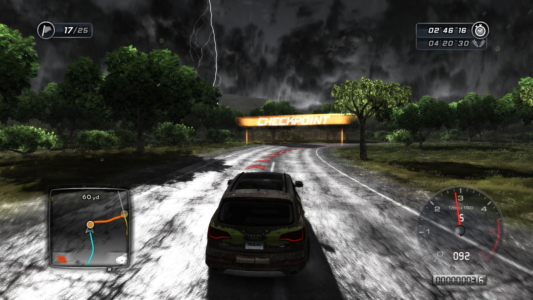
Some of the weather effects are quite nice – and make a change from the relentless sunshine of the original.
The one-off challenges have expanded somewhat from giving lifts to young men and women. Some passengers want excitement (usually it’s a man who talks like Michaelangelo from the Turtles) so you have to drive erratically to get them excited (ooer) within a certain time limit (Mrs) until a climax of sorts is reached (ugh). At the other end of the scale are challenges where (presumably hung over) women ask you not to drive too erratically or they’ll throw up. There’s also a challenge where you need to follow a guy’s girlfriend to see if she’s off to meet a rival fancy man (spoiler: she always is) which is quite tedious because it’s one of those “follow but not too closely” bits that never work that well in games, but in this case it’s worth it for the silly payoff whether you succeed or fail (“Now I’ll never know the truth!” whines your fella in the case of the latter). My personal favourite though is the man who sounds like Gilbert Gottfried and demands to be taken to an important meeting, though sometimes you seem to end up dropping him at a random location with no nearby buildings although he still strides off confidently regardless.
Another method of earning cash is via another new feature, F.R.I.M. (which must stand for something, although I’m not sure what) which is based on a Burnout-style “driving dangerously” multiplier. It’s not desperately original but it’s certainly effective, and a good way to break up long exploratory journeys across the island. As before, cash can be spent on cars and property, but also a whole host of other odds and ends, including clothing (vouchers no longer apply, although a lot of clothing needs to be unlocked before you can purchase it) and cosmetic surgery. As with the previous game, there’s a certain amount of mileage in dressing up your avatar in ridiculous Zoolander-esque outfits but this fades long before the point you build up a significant wardrobe.
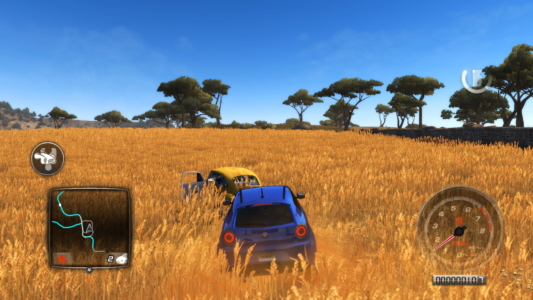
One ‘Discovery’ quest involves locating wrecked bodywork, with the promise of a restored classic upon completion.
Ditto the cosmetic surgery, which I know is only fiddling around with appearance sliders but having an achievement for having a number of surgeries performed on you strikes me as a little ghoulish. (I know it should be funny when your fella or lady emerges with bandages around their head and you have to drive around like that for a while but I sort of found it a bit icky). You can also add furniture to your house, to no great effect given that they’re mainly places to store your cars, although you can wander around them in first-person, if you’re so-inclined. And there are achievements based on collecting chairs and sofas, but as with the others, they can be ignored without affecting anything too much as long as you persist with the races and other challenges.
All of which leads us back to the actual racing itself. The Solar Crown championships are split by vehicle class, with – predictably – you starting at the bottom with the sporty road cars before gradually progressing to the ludicrous Zondas and Bugattis of this world. Most races are in the A (for Asphalt) class, but there are a few in the C (for Classic) and some in the B (for B-off Road) [are you sure about this? – FFG reader] classes. The classic cars tends to be a bit slow and not desperately exciting to drive (even if Magnum PI’s Ferrari has been included this time around) but the off-roaders are an interesting diversion, providing more of a rally-style experience (with shades of Screamer 4×4) with more of an emphasis on control, particularly on undulating terrain. At various points you’ll also be required to pass a driving test, none of which are either the most interesting or the most overly challenging of sequences, but they do give you an opportunity to get a sense of the handling and skills required before you embark on any races, plus there’s an opportunity to experience mildly amusing interactions with the relevant instructors along the way.
The races themselves are also not particularly challenging, with one or two exceptions, and the opponent AI really seems to have been turned down significantly from the previous game. The hardest challenges are the time trials and the speed traps, in which it’s not a case of simply besting your rather dim opponents. Otherwise, a lack of concentration is your greatest enemy here, with the previous game’s solid lampposts and stiff and occasionally unpredictable handling sometimes undermining your chances. Progression yields money, an opportunity to duel with an opponent, and to more and better cars and a higher class of race.
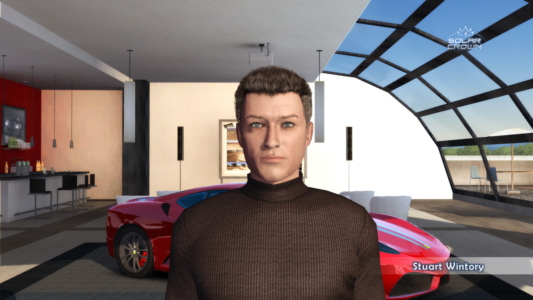
This is Stuart, one of the later opponents: part Simon Cowell, part business svengali, he’s exactly the kind of person who spends his time twatting around with sports cars on an island all day.
It’s a shame the races aren’t a bit more difficult, but in a way, that’s not really the point. Progression is less about finding the best car in each class and hammering through the races as quickly as possible than actually enjoying the islands, roads and vehicles the game gives you the opportunity to play with. Indeed, escort challenges, which require you to get a specific vehicle from one place to another, either in a set time or without damage (or both) are in many ways more fulfilling than the actual races, and give you an opportunity to drive cars you don’t own for an extended period of time (although you can still test drive cars, as per the title).
And unlike in, say, the career mode of a 00s Need for Speed game, you’re not punished unduly for choosing an unsuitable car. Collection is encouraged, not just for progression, but because this is supposed to be a celebration of cars and driving them is meant to be enjoyable (which, despite the occasionally unusual handling, it is). Finding a car that you just like and using it to complete one-off challenges, or just explore the island, is all part of the fun. In fact, for all of the luxury motors on offer here, the one that’s most fun to drive is one of the lowest powered – the Alfa Romeo FTO. It’s worth an entry in Gaming’s Slowest Cars – a genuinely exciting sporty hatchback that’s more fun to throw around twisty country roads than any of the more high powered efforts.
There’s plenty to see and do – you won’t want or need to get into all of it – but despite initially overwhelming you with myriad achievement charts and notifications, it basically does the same things as the first game, but with a number of additions, some of which are welcome (e.g. it looks nicer, with variable weather cycles among the most notable additions) and some less so (‘wacky’ fake radio stations like the satirical ones in GTA, which aren’t very good and seem out of place here anyway).
Still, it’s tempting to return to the question of exactly what this sequel brings to the table that the original didn’t, particularly when you find yourself racing around the entire island of Hawaii once again for the final 45 minute challenge. And you’d also have difficulty imagining what any third game would have included: I guess in the modern era it might have been best realised as part of a subscription-based “game as a service” like Grand Theft Auto Online perhaps.
But there we’re almost certainly veering into areas we don’t know enough about. And despite any reservations, or grumbles about some of the oddities in TDU that could have been fixed but haven’t been, it’s still a worthy sequel, offering many hours of racing and driving enjoyment to this player, even as someone who played the original until he’d had his fill.

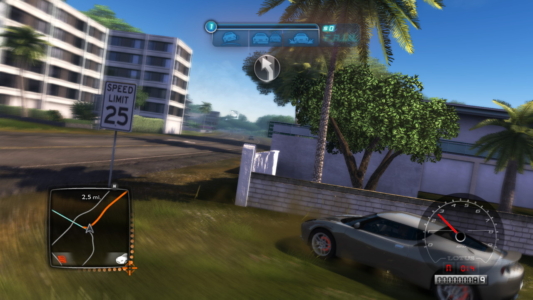
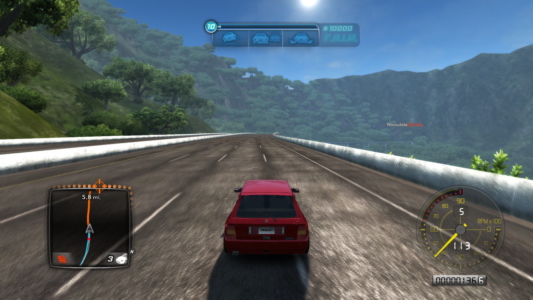
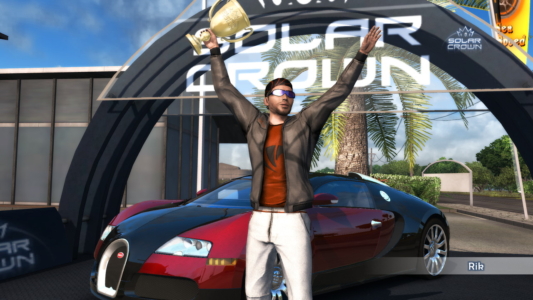

 Posts
Posts
Thank you for this excellent and acute review. I give it an A, as I gave an A to this game I’ve played for hours and hours just for the pleasure of driving (I don’t even have a driving permit !). 😉
December 7, 2019 @ 6:36 pm